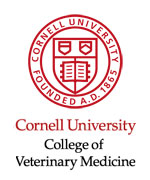"Wildlife, Livestock and Food Security
in the
South-East Lowveld of Zimbabwe"
David H. M. Cumming
The South-East Lowveld (SEL) of Zimbabwe covers an area of ~
50,000 km2 and is characterised by high temperatures, low rainfall
(<400mm per annum) and periodic severe droughts. It is also
an endemic Foot and Mouth Disease area. Apart from a high potential
for irrigation in limited areas, the SEL is best suited to extensive
wildlife and livestock production. Subsistence dry land cropping
fails in most years because the growing season is too short and
unreliable. With the advent of game ranching in the 1950s there
has been an increasing shift from cattle ranching to wildlife
and tourism. The current land reform programme has adversely
affected the wildlife/tourism sector and resulted in an increase
in area under subsistence agro-pastoralism. Food security is
a key issue for the region because cereal production from dry
land cropping in the communal farming sector areas falls well
below household requirements in most years, resulting in a high
dependence on food aid.
Wildlife tourism is ecologically and economically the most suitable
form of extensive land use for most of the region and there are
currently major moves to extend this through the development
of transfrontier conservation areas. However, the question of
food security and the role of livestock vis a vis wildlife in
rural livelihood strategies remains unresolved and contentious.
Key biophysical and resource management constraints, arising
largely from conservative policies on agriculture, land use,
and resource access rights, are examined and strategies for achieving
resilient and sustainable multispecies production systems are
explored.
|
|











